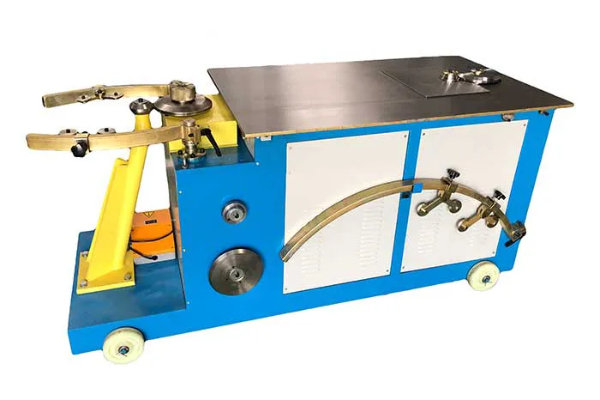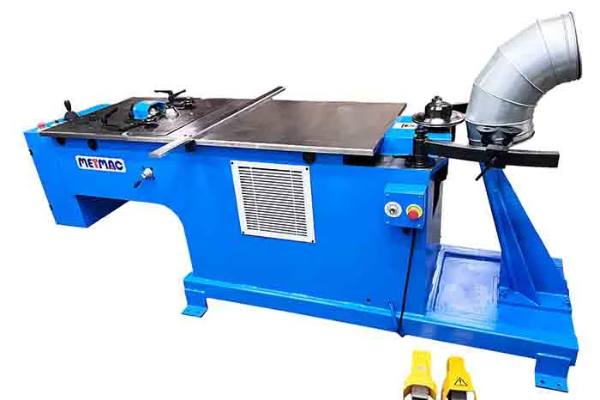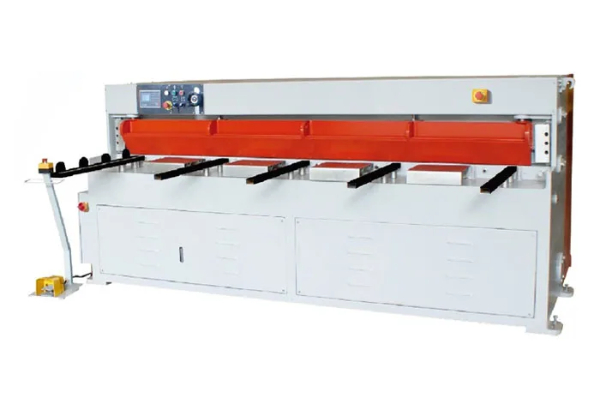
Safety Considerations When Operating Sheet Bending Machines
- By:Metmac
- 2024-06-13
- 103
Sheet bending machines, with their immense power and versatility, offer a vital solution for various metalworking applications. However, harnessing their capabilities requires the utmost attention to safety, as the slightest oversight can unleash catastrophic consequences.
1. Proper Preparation and Training:
Before operating a bending machine, undergo thorough training from qualified professionals. Familiarize yourself with the machine’s functions, controls, and any potential hazards. Wear appropriate personal protective equipment (PPE) such as gloves, safety glasses, and earplugs.
2. Safeguarding Zones:
Identify and demarcate designated safe zones around the machine. These areas should be strictly adhered to to avoid contact with moving parts. Utilize guards, shields, and interlocks to prevent accidental entry.
3. Machine Inspection and Maintenance:
Regularly inspect the bending machine for any damage or wear. Inspect the hydraulic system for leaks, the electrical wiring for fraying, and the dies for cracks. Perform necessary maintenance and repairs promptly to prevent malfunctions.
4. Workpiece Handling:
Proper workpiece handling is crucial. Use appropriate lifting equipment to avoid strains. Ensure that the workpiece is centered and adequately secured to prevent shifting.
5. Hydraulic Considerations:
Hydraulic pressure is a significant safety concern. Never attempt to override or bypass pressure settings. Use appropriately rated hydraulic fluid and monitor pressure levels consistently. Avoid sudden pressure releases that could cause ruptures.
6. Die Selection and Alignment:
Use dies that are specifically designed for the workpiece and machine. Improper die selection or misalignment can cause workpiece damage or machine failure. Align the dies accurately and inspect them before each use.
7. Emergency Stop Button:
Always ensure that the emergency stop button is easily accessible and functional. In the event of an emergency, press this button immediately to isolate power and stop machine movement.
8. Machine Cleaning and Maintenance:
Maintain a clean and clutter-free work area. Regularly clean the machine to remove debris or oil spills. Ensure that moving parts are adequately lubricated to prevent excessive wear and tear.
By adhering to these safety considerations, operators can mitigate risks and maintain a safe working environment when using sheet bending machines. A proactive approach to safety ensures the wellbeing of individuals, protects valuable equipment, and ultimately leads to successful and productive metalworking operations.
-
Reliable Sheet Metal Equipment for Sale to Support Precision Fabrication
2025/07/17 -
Advanced Duct Machine AC and Fabrication Solutions from Metmac
2025/07/12 -
The Advantages of Using a Sheet Roll Forming Machine in Manufacturing
2024/09/14 -
How to Optimize Your Laser Sheet Cutting Machine for Maximum Performance
2024/09/12
-
Innovative Solutions from Leading Duct Machine Manufacturers
2025/07/21 -
Efficient Sheet Metal Fabrication with Advanced Duct Folding and Beading Machines
2025/07/21 -
High-Quality Duct Grooving and Sealing Machines for Efficient HVAC Manufacturing
2025/07/21 -
Advanced Sheet Metal Machinery for Precision Fabrication
2025/07/17
-
A Guide to the Latest Innovations in Sheet Metal Folding Machines
2024/11/29 -
Key Features to Consider When Investing in a Sheet Metal Folding Machine
2024/11/28 -
Enhancing Precision with Advanced Sheet Metal Folding Machines
2024/11/27 -
How to Choose the Right Sheet Metal Folding Machine for Your Workshop
2024/11/26





